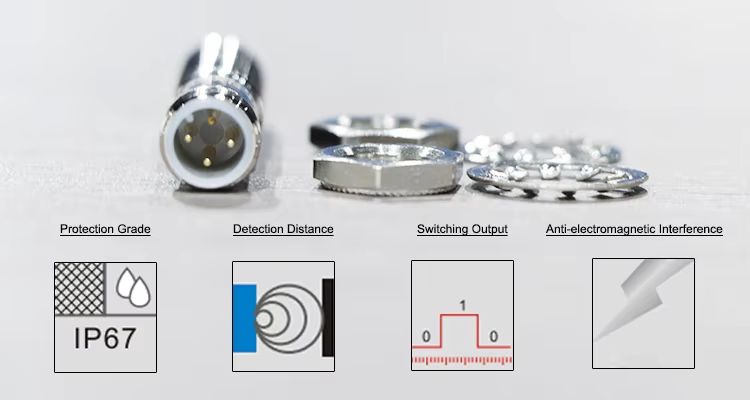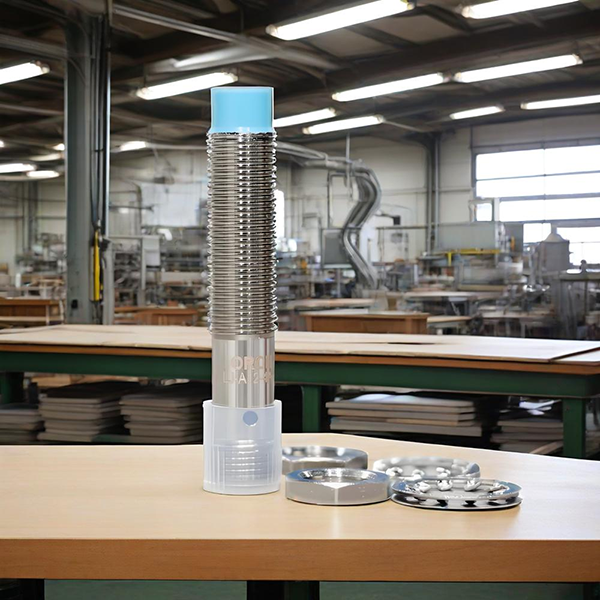Introduction
Inductive proximity sensor has become indispensable components in modern industrial automation systems. These contactless detection devices offer numerous technical advantages that make them superior to mechanical switches and other sensing technologies in many applications. This article explores the six core benefits that have established inductive sensors as the preferred choice for metal detection in harsh industrial environments.

1. Non-Contact Operation
Unlike mechanical limit switches that require physical contact, inductive sensors detect metallic objects through electromagnetic fields. This eliminates:
Mechanical wear and tear
Contact bounce issues
Maintenance requirements Typical operational lifespans exceed 10 million cycles, significantly outperforming mechanical alternatives.
2. Exceptional Reliability
Engineered for industrial environments, these sensors demonstrate:
IP67/IP68 protection against dust and water immersion
Resistance to vibration (up to 30G) and shock
Stable performance across temperature ranges (-25°C to +70°C)
Immunity to oil, grease, and other contaminants
3. High-Speed Detection
Modern inductive sensors achieve:
Response times as fast as 0.1ms
Switching frequencies up to 5kHz
Consistent detection at conveyor speeds exceeding 10m/s This enables precise position monitoring in high-speed automation lines.
4. Configuration Flexibility
Manufacturers offer multiple variants to suit diverse applications:
Shielded vs unshielded designs
Various sensing ranges (2mm to 60mm)
Diverse housing materials (nickel-plated brass, stainless steel)
Multiple output configurations (PNP/NPN, NO/NC)
5. Cost-Effective Solution
Compared to alternative technologies:
Lower total cost of ownership (no moving parts to replace)
Reduced downtime for maintenance
Simplified installation (compact form factors)
Energy-efficient operation (typically <1W power consumption)
6. Smart Features in Modern Models
Advanced sensors now incorporate:
IO-Link communication for parameter adjustment
Diagnostic capabilities (switch point monitoring)
LED status indicators
Teach-in functionality for simplified setup

From automotive assembly to food processing, inductive proximity sensors deliver unmatched performance in metal detection applications. Their combination of durability, precision, and cost efficiency continues to drive adoption across industries. As Industry 4.0 evolves, these sensors are integrating smarter features while maintaining their fundamental advantages that have made them industrial staples for decades.
